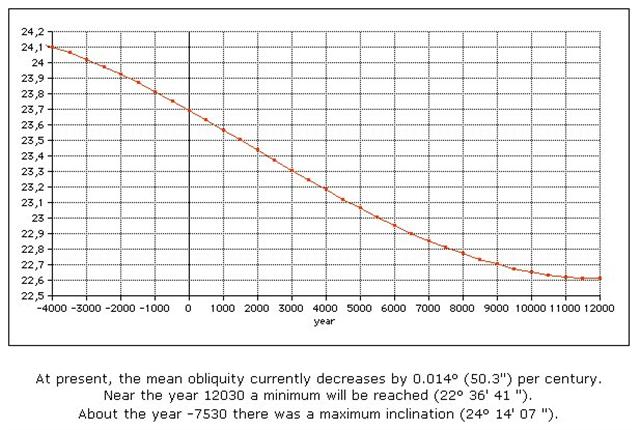|
TRANSLATIONS
Next page with a first set of underpages:
192 is also, we should remember, equal to twice the numbers of mother earth (36 + 24 + 36). To which should be added 64, equal to twice 32. 32 + 36 + 24 + 36 = 68 + 60. 2 * 68 + 2 * 60 = 136 + 120 = 256 = 4 * 64 = 8 * 32 = 16 * 16. 192 = 12 * 16 and 256 = 16 * 16, the difference is 64. 192 = 3 * 64 and 256 = 4 * 64. Therefore 448 = 7 * 64. 448 + 128 = 9 * 64. I decide to add a page in order to explain that 448 is no arbitrary number: Rogo in Qb2-10 is vanishing. 448 can be read as 4 * 48 = 192. 448 is not a trivial arbitrary number.
64 cannot be divided into weeks (or fortnights). 4 * 14 = 56 would fit, though, and (4 + 16) * 14 = 280. There might be 8 special days at the beginning of those 64. In Q it means 16 glyphs beginning with *Qb5-35:
Haati in *Qb6-9 has a position resembling that of haati in Qb2-23:
And hakaturou in *Qb6-10 resembles the figure in *Qb5-36. 5 * 36 = 180 and 6 * 10 = 60. Ika hiku in Qb2-24 resembles ika hiku in *Qb6-6 (where 6 * 6 = 36). |
|||||||||||||||||||||||||||||||||||||||||||||||||||||||||||||||||||||||||||||||||||||||||||||||||||||||||||||||||||||||||||||||||||||||||||||||||||||||||||||||||























